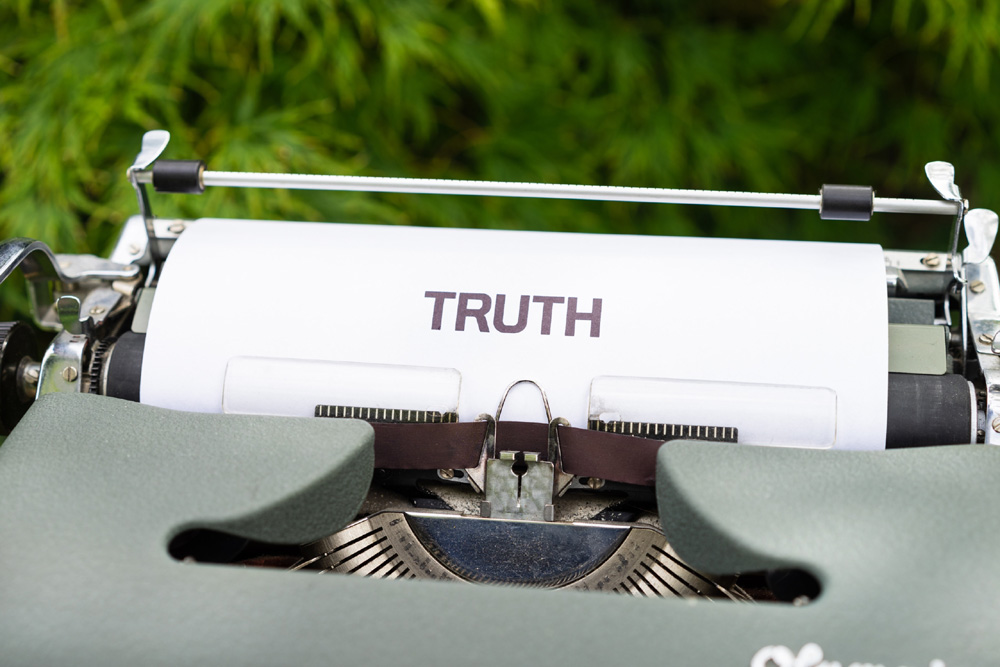Myth Buster: Food & Emergency Preparedness Edition
Separating fact from fiction helps to build a reliable food storage plan. Let’s debunk some prevalent myths and unveil the truth behind successful and sustainable food storage.
Myth: “Vacuum-Sealed Foods Are Immune to Spoilage”
Myth Busted: Vacuum sealing slows down the oxidation process, extending the shelf life of foods. However, it doesn’t make them invincible. Proper storage conditions, such as cool temperatures and darkness, are essential. Regularly check for compromised seals and package integrity.
Myth: “You Can Store Anything in Mylar Bags”
Myth Busted: Mylar bags are excellent for long-term storage, but not all foods are suitable. Avoid storing items with high moisture or fat content in Mylar bags, as this can lead to mold growth. Research and select appropriate items for Mylar bag storage, and use oxygen absorbers to maintain freshness.
Myth: “Freezing Food Makes It Last Forever”
Myth Busted: Freezing can significantly extend the shelf life of certain foods, but it’s not a cure-all. Frozen items can still experience freezer burn, flavor degradation, and changes in texture over time. Rotate frozen items regularly and use them within recommended time frames.
Myth: “You Only Need Non-Perishables in Your Food Storage”
Myth Busted: While non-perishables are essential, incorporating a mix of fresh, frozen, and dehydrated items enhances the nutritional variety of your stored foods. Non-perishables alone may not provide the diversity needed for a well-rounded diet.
Myth: “Expiration Dates Are Set in Stone”
Myth Busted: Expiration dates are guidelines for optimal freshness, but many foods remain safe and edible beyond these dates. Use your judgment, inspect the food’s appearance and smell, and consider factors like storage conditions. Some items, like dry goods, can last well past their printed expiration date.
Myth: “You Can’t Store Fresh Produce for the Long Term”
Myth Busted: While fresh produce has a shorter shelf life compared to non-perishables, some fruits and vegetables can be preserved for the long term through methods like drying herbs, dehydration, canning, or freezing. Properly preserved fresh produce can add nutritional value and variety to your food storage.
Myth: “It’s Only for Extreme Situations”
Myth Busted: Emergency preparedness is not solely reserved for catastrophic events. Everyday emergencies, such as power outages, severe weather, or minor accidents, also warrant preparedness. A well-thought-out plan is versatile and applicable to a range of situations, ensuring you’re ready for whatever comes your way.
Myth: “Emergency Kits Are One-Size-Fits-All”
Myth Busted: While pre-made emergency kits offer a convenient starting point, they may not cater to everyone’s specific needs. Customize your emergency kit based on factors like family size, medical needs, and geographical location. Tailoring your kit ensures it meets the unique requirements of your household. Ex: 1 emergency blanket for a family of 6 may not work out so well.
Myth: “Emergency Readiness Is Expensive”
Myth Busted: Effective emergency preparedness doesn’t require a hefty budget. While some specialized gear may have a cost, many preparedness measures are budget-friendly or even free. Planning, communication strategies, and utilizing existing resources are vital aspects of preparedness that won’t break the bank, especially if gathered over a period of time to spread out the costs that do arise.
Myth: “I Don’t Need to Practice or Revisit My Plan, I Already Have one”
Myth Busted: Having an emergency plan is just the beginning. Regular practice drills and plan updates are essential. Familiarize yourself with evacuation routes, practice communication methods, and revisit your plan to accommodate changes in family dynamics, living situations, or community resources.
Myth: “Being Prepared Is Only for Doomsday Preppers”
Myth Busted: Emergency preparedness is not reserved for extreme survivalists. It is a practical and responsible approach to safeguarding yourself, your family, and your community. Basic preparedness measures, such as knowing evacuation routes and having a communication plan, benefit everyone, regardless of their level of readiness.
Conclusion:
So, there you have it, we’ve unmasked the myths around emergency preparedness. It’s not just for doomsday enthusiasts or those with deep pockets. Preparedness is practical, adaptable, and can even be budget-friendly. Let’s embrace the reality of preparedness with a smile and a readiness to face the unexpected with confidence.




